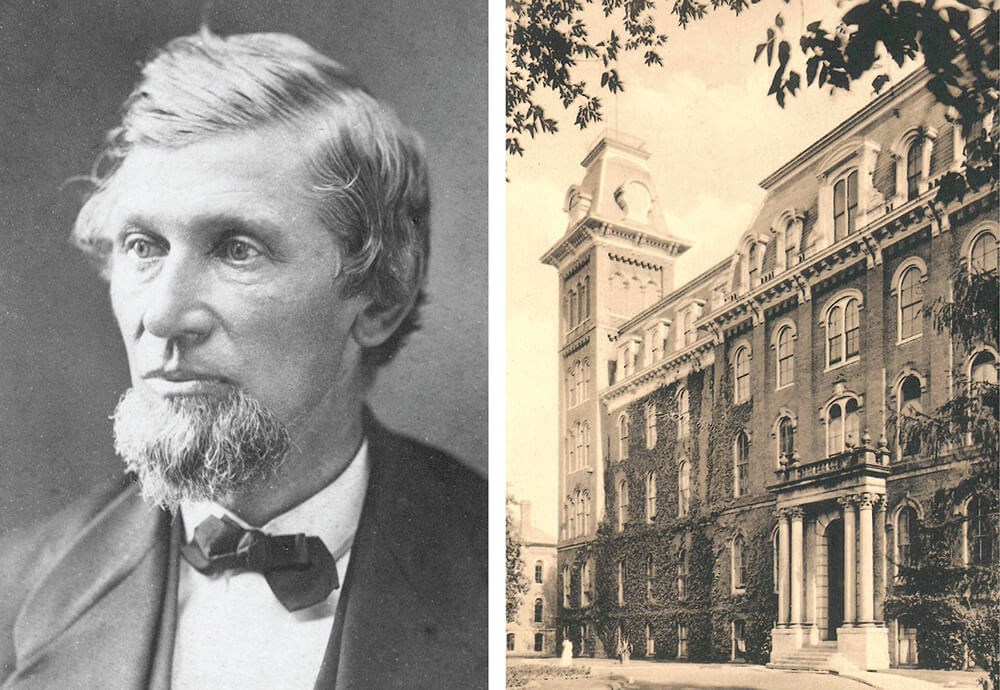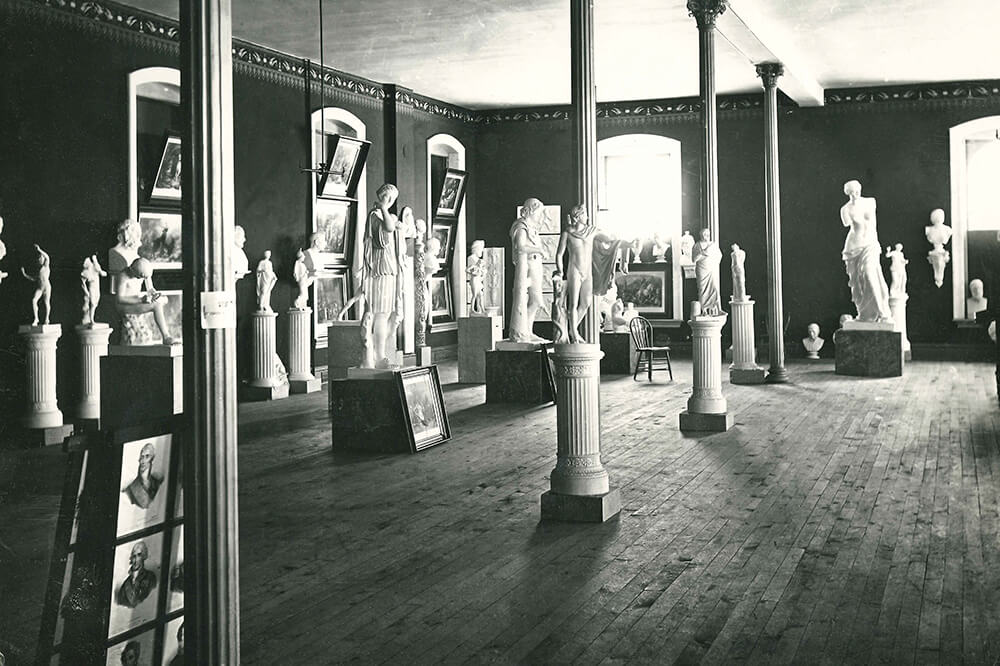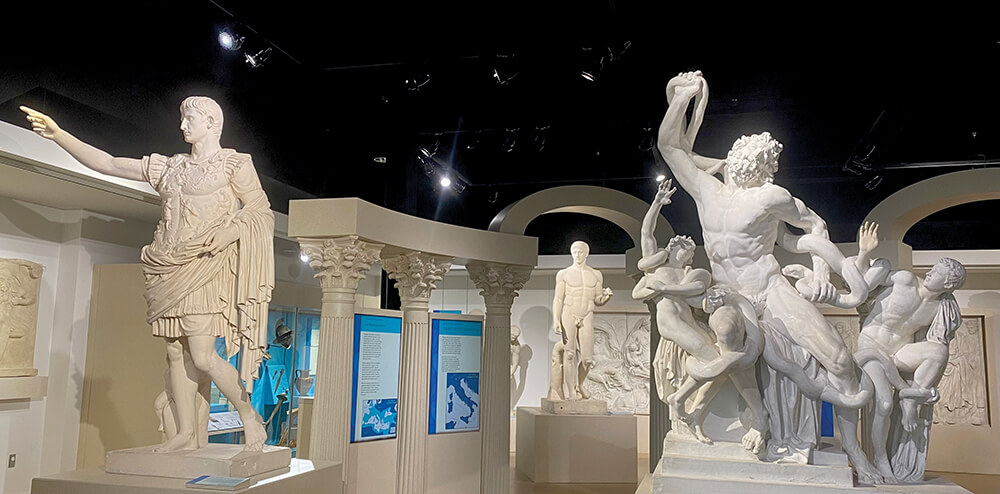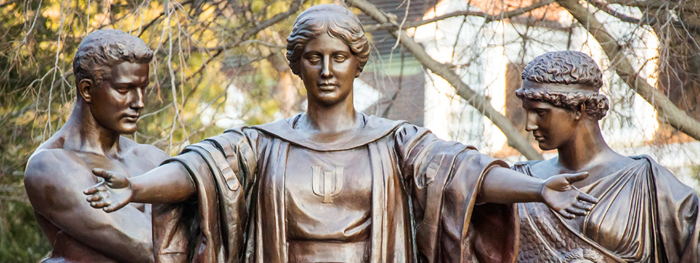Living Monument
From its agricultural and engineering roots, John Milton Gregory had a profound vision for what the U of I should become—a full-fledged university offering courses in every field and grounded in the liberal arts.
The school’s first regent (or president), Gregory understood that higher education must prepare students not only for their professions, but also for well-rounded lives.
With that in mind, he decided to create an art museum.
Gregory knew that many of the University’s students, reared on farms and in small towns, had never seen a true work of art, so in 1874, he requested $1,500 from the University’s Trustees to build an art collection.
After the board denied his request, he took matters into his own hands, single-handedly raising the funds from the local community.
Then, at his own expense, Gregory traveled to Europe to purchase classic artworks and order plaster-cast reproductions of Greek and Roman masterworks, such as the Laocoön Group, Venus de Milo, Venus de Medici and other full-size statues. In addition, he brought back examples of newer art forms, including photographs and lithographs.

University regent John Milton Gregory, ca. 1875 and University Hall, ca. 1911. (Images courtesy of UI Archives and UIAA)
On Jan. 1, 1875, Gregory’s museum formally opened on the third floor of University Hall.
The Chicago Tribune reported that “this grand collection is now the largest west of New York.” The Daily Illini went further and regarded the museum “as part of a new national artistic awakening.” However, perhaps the best tribute came from a student, who said, “It opened a new epoch in all our lives.”
Gregory resigned as regent in 1880 after 13 years of arguing with Trustees, state legislators and the general public about the University’s mission and his insistence that the liberal and fine arts had a place in public higher education. But by then, he had firmly placed Illinois on its path to become a full-fledged university.
Following Gregory’s death in 1898, the U of I eventually honored his request to be buried on the campus. His grave, complete with a beautiful marker, is located near a secluded path just south of Altgeld Hall.
And as for Gregory’s art museum?
Today, if you visit the University’s Spurlock Museum of World Cultures and walk through its galleries, you’ll find many examples of Gregory’s original collection. As his grave marker states, “If you seek his monument look about you,” and that is certainly true at Spurlock—a living monument to his legacy of bringing art and culture to central Illinois.




